Results 11,421 to 11,430 of 12096
Thread: Anandtech News
-
01-26-22, 12:02 PM #11421
Anandtech: Launching This Week: NVIDIA's GeForce RTX 3050 - Ampere For Low-End Gaming
First announced as part of NVIDIA’s CES 2022 presentation, the company’s new GeForce RTX 3050 desktop video card is finally rolling out to retailers this month. The low-end video card is being positioned to round out the bottom of NVIDIA’s product stack, offering a modern, Ampere-based video card for a more entry-level market. All of this comes as PC video card market still in chaos due to a combination of the chip crunch and crypto miner demand, so any additional cards are most welcome – and likely to be sucked up rather quickly, even at a MSRP of $249 (and higher).
More...
-
01-26-22, 08:27 PM #11422
Anandtech: Intel Reports Q4 2021 and FY 2021 Earnings: Ending 2021 On A High Note
Kicking off yet another earnings season, we once again start with Intel. The reigning 800lb gorilla of the chipmaking world is reporting its Q4 2021 and full-year financial results, closing the book on an eventful 2021 for the company. The first full year of the pandemic has seen Intel once again set revenue records, making this the sixth record year in a row, but it’s also clear that headwinds are going to be approaching for the company, both in respect to shifts in product demand and in the sizable investments needed to build the next generation of leading-edge fabs.
More...
-
01-31-22, 03:44 PM #11423
Anandtech: Interview with Alex Katouzian, Qualcomm SVP: Talking Snapdragon, Microsoft
Two driving forces are driving the current technology market: insatiable demand for hardware, and the supply chain shortages making it difficult to produce enough in quantity to fulfil every order. Even with these two forces in action, companies have to push and develop next generation technologies, as no competitor wants to sit on their laurels. That includes Qualcomm, and as part of the Tech Summit in late 2021, I sat down with Alex Katouzian, Qualcomm’s GM of Mobile, Compute, and Infrastructure to talk about the issues faced in 2021, the outlook for 2022, where the relationships lie, and where innovation is headed when it comes to smartphone and PC.
More...
-
02-01-22, 06:42 PM #11424
Anandtech: AMD Reports Q4 2021 and FY 2021 Earnings: Turning Silicon Into Gold
As the full year 2021 earnings season rolls along, the next major chip maker out of the gate is AMD, who has been enjoying a very positive trajectory in revenue and profits over the past few years. The company has continued to build upon the success of its Zen architecture-based CPUs and APUs in both the client and server spaces, as well as a full year’s revenue for the APUs powering the hard-to-find Playstation 5 and Xbox Series X|S. As a result, these products have propelled AMD to another record quarter and another record year, as the company continues to hit revenue records while recording some sizable profits in the process.
For the fourth quarter of 2021, AMD reported $4.8B in revenue, a 49% jump over the same quarter a year ago. As a result, Q4’2021 was (yet again) AMD’s best quarter ever, built on the back of strong sales across the entire company. Meanwhile, due to last year’s unusual, one-off gain related to an income tax valuation allowance, AMD’s GAAP net income did dip on a year-over-year basis, to $974M. In lieu of that, AMD’s quarterly non-GAAP net income (which excludes the tax allowance) was up 77% year-over-year, which is an even bigger jump than what we saw in Q4’20.
AMD’s continued growth and overall success has also boosted the company’s gross margin to 50%, marking the first time since at least the turn of the century that AMD has crossed the 50% mark. Besides underscoring the overall profitability of AMD’s operations, gross margins are also a good indicator of the health of a company; and for a fab-less semiconductor firm, 50% is a very good number to beat indeed. AMD is now within 5 percentage points of Intel’s gross margins, a feat that at one time seemed impossible, and highlighting AMD’s ascent to a top-tier chip firm.
As for AMD’s full-year earnings, the company has been having great quarters all year now, so unsurprisingly this is reflected in their full-year results. Overall, for 2021 AMD booked $16.4B in revenue, which was an increase of 68% over 2019, and, of course, sets a new record for the company. AMD’s gross margin for the year was 48%, up 3.7 percentage points from FY2020, and reflecting how AMD’s gross margins have been on the rise throughout the entire year.AMD Q4 2021 Financial Results (GAAP) Q4'2021 Q4'2020 Q3'2021 Y/Y Q/Q Revenue $4.8B $3.2B $4.3B +49% +12% Gross Margin 50% 45% 48% +5.6pp +1.9pp Operating Income $1.2B $570M $948M +112% +27% Net Income $974M $1781M* $923M -45% +6% Earnings Per Share $0.80 $1.45 $0.75 -45% +7%
All of this has played out nicely for AMD’s profitability, as well. For the year AMD booked $3.2 billion in net income, and unlike 2020, there are no one-off tax valuations inflating those numbers. Amusingly, even with that $1.3B valuation for 2020, AMD still beat their 2020 net income by a wide margin this year, bringing home $672M more. Or to look at things on a non-GAAP basis, net income was up 118% in a year, more than doubling 2020’s figures. Suffice it to say, the chip crunch has been very kind to AMD’s bottom line in the past year.
Moving on to individual reporting segments, 2021 was a year where all of AMD’s business units were seemingly firing on all cylinders. Client CPUs, GPUs, server CPUs, game consoles; 2021 will go down as the year where nobody could get enough of AMD’s silicon.AMD FY 2021 Financial Results (GAAP) FY 2021 FY 2020 FY 2019 Y/Y Revenue $16.4B $9.8B $6.7B +68% Gross Margin 48% 45% 43% +3.7pp Operating Income $3.6B $1369M $631M +166% Net Income $3.2B $2490M* $341M +27% Earnings Per Share $2.57 $2.06 $0.30 +25%
For Q4’21, AMD’s Computing and Graphics segment booked $2.6B in revenue, a 32% improvement over the year-ago quarter. According to the company, both Ryzen and Radeon sales have done very well here, with both product lines seeing further sales growth. On the CPU/APU front, average sale prices were up on both a yearly and quarterly basis, reflecting the fact that higher priced products are making up a larger share of AMD’s processor sales. And while AMD doesn’t offer a specific percentage breakdown, the company is reporting that notebook sales were once again the leading factor in AMD’s Ryzen revenue growth, coming on the back of strong demand for higher margin premium notebooks. And, based on overall growth in the number of processors sold, AMD believes that they’ve increased their market share (by revenue) for what would be the seventh straight quarter.
Meanwhile on the GPU front, AMD is reporting that graphics revenue has doubled on a year-over-year basis. According to the company, GPU ASPs are up on a year-over-year basis as well, though interestingly, they’re actually down on a quarterly basis due to what the company is attributing to the product mix – which in turn is presumably the ramp-up and launch of their first Navi 24-based products such as the RX 6500 XT. AMD’s prepared remarks don’t include any mentions of cryptocurrency, but it goes without saying that for the last year AMD has encountered little trouble in selling virtually every GPU it can get fabbed.
Finally, AMD also folds its data center/enterprise GPU sales under the C&G segment. There, AMD is reporting that revenue has more than doubled on a YoY basis, thanks to last year’s launch of the Instinct MI200 accelerator family. Unfortunately, AMD doesn’t offer any unit or revenue breakouts here to get a better idea of what data center shipments are like, or how much of those sales were MI250X accelerators for the Frontier supercomputer.
Meanwhile, AMD’s Enterprise, Embedded and Semi-Custom segment booked $2.2B in revenue for the quarter. The 75% year-over-year increase in revenue was driven by both improved EPYC sales as well as higher semi-custom sales.AMD Q4 2021 Reporting Segments Q4'2021 Q4'2020 Q3'2021 Computing and GraphicsRevenue $2584M $1960M $2398M Operating Income $566M $420M $513M Enterprise, Embedded and Semi-CustomRevenue $2242M $1284M $1915M Operating Income $762M $243M $542M
As is usually the case, AMD doesn’t break apart EPYC and semi-custom sales figures, but the company is noting that data center, server, and cloud revenue – essentially everything EPYC except HPC – all more than doubled versus the year-ago quarter. All of which propelled AMD to doubling EPYC sales versus Q4’20, setting new records in the process. AMD has also noted that they’ve shipped their first V-cache enabled EPYC CPUs (Milan-X) to Microsoft, who is using them in an upcoming Azure instance type.
As for semi-custom sales, AMD is riding a wave of unprecedented demand for game consoles that has Sony and Microsoft taking every console APU they can get. Furthermore, despite this going on now for the last year and a half, AMD still expects semi-custom sales revenue to further grow in 2022 on the back of continued orders from console makers.
With all of that said, however, as AMD’s revenues have increased, so have their costs. For both the Client and Enterprise segments, the company is reporting that operating income growth has been partially offset by higher operating expenses. This encompasses both higher wafer prices from TSMC, as well as higher costs for things such as shipping. AMD can more than absorb the hit, of course, but it’s a reflection on how AMD has needed to spend more in order to secure wafers and supplies on an ongoing basis.
Looking forward, AMD is (understandably) once again expecting a very promising first quarter of 2022 and beyond. AMD has enjoyed significant revenue and market share growth over the past few years, and the company’s official forecasts are for that to continue into 2022. And, especially in the midst of the current and ongoing chip crunch, so long as demand holds, silicon may as well be gold for as valuable as it is to some of AMD’s customers.
To that end, AMD is officially projecting revenue growth of 31% for 2022, which would bring AMD to around $21.5B in sales. Given AMD’s 2021 estimate, this is likely once again conservative, though it is noteworthy in that it’s a bit less growth than AMD was projecting at this point a year ago for 2021. More interestingly, perhaps, is that AMD expects the non-GAAP gross margin for the year to land at around 51%, which even if it’s also a conservative estimate, would still be a big accomplishment for AMD.
Driving this growth will be a new slate of products for many of AMD’s important product lines. Along with ramping deliveries of Milan-X EPYC processors, AMD is also slated to deliver their Genoa EPYC processors, based on AMD’s Zen 4 CPU architecture, later this year. Zen 4 will also be making its appearance in Ryzen processors in H2’22, and in the meantime AMD has just launched their Zen3+ based Ryzen 6000 APUs for laptops. Finally, GPUs based on AMD’s forthcoming RDNA 3 architecture remain on the roadmap to be launched later this year as well.
More...
-
02-02-22, 03:24 PM #11425
Anandtech: Western Digital Introduces WD_BLACK SN770: A DRAM-less PCIe 4.0 M.2 NVMe S
The initial wave of PCIe 4.0 NVMe SSDs put emphasis on raw benchmark numbers, with power consumption remaining an afterthought. The targeting of high-end desktop platforms ensured that it was not much of a concern. However, with the rise of notebook and mini-PC platforms supporting PCIe 4.0, power consumption and thermal performance became important aspects. With the gaming segment tending to be the most obvious beneficiary of PCIe 4.0 in the consumer market, speeds could also not be sacrificed much in this pursuit.
DRAM-less SSDs tend to be more power-efficient and also cost less, while delivering slightly worse performance numbers and consistency in general. There are multiple DRAM-less SSD controllers in the market such as the Phison E19T (used in the WD_BLACK SN750 SE and likely, the Micron 2450 series as well), Silicon Motion SM2267XT (used in the ADATA XPG GAMMIX S50 Lite), and the Innogrit IG5220 (used in the ADATA XPG ATOM 50). While performance tends to vary a bit with the NAND being used, the drives based on the Phison E19T and the Silicon Motion SM2267XT tend to top out around 3.9 GBps, while the Innogrit IG5220 reaches around 5 GBps.
Western Digital is throwing its hat into this ring today with the launch of the WD_BLACK SN770, powered by its own in-house DRAM-less SSD controller - the SanDisk 20-82-10081. It is wresting the performance crown in this segment with read speeds of up to 5150 MBps. A 20% improvement in power efficiency over the WD_BLACK SN750 SE is also being claimed by the company. The WD_BLACK SN770 will be available in four capacities ranging from 250GB to 2TB, with the complete specifications summarized in the table below.
The 1TB SKU appears to hit the sweet spot in terms of overall cost-efficiency as well as performance numbers. With the drive being part of the WD_BLACK lineup, the SSD is compatible with the WD_BLACK dashboard and its optional gaming mode (that turns off the low-power states to ensure the drive is operating in peak performance mode always). Thanks to the new controller, Western Digital's own test results point to the SN770 outperforming the SN750 SE even with thermal throttling in the picture, with both drives tending to cool down on the performance front beyond 55C. The higher sequential read numbers help the SN770 to lower game loading times by as much as 40% compared to the SN750 SE - claims that we are hoping to put to test in the near future.Western Digital WD_BLACK SN770 SSD Specifications Capacity 250 GB 500 GB 1 TB 2 TB Model WDS250G3X0E WDS500G3X0E WDS100T3X0E WDS200T3X0E Controller SanDisk 20-82-10081 NAND Flash BiCS 5 112L 3D TLC NAND? Form-Factor, Interface Single-Sided M.2-2280, PCIe 4.0 x4, NVMe 1.4 DRAM N/A Sequential Read 4000 MB/s 5000 MB/s 5150 MB/s Sequential Write 2000 MB/s 4000 MB/s 4900 MB/s 4850 MB/s Random Read IOPS 240K 460K 740K 650K Random Write IOPS 470K 800K Avg. Power Consumption ? W ? W ? W ? W Max. Power Consumption ? W (R)
? W (W)? W (R)
? W (W)? W (R)
? W (W)? W (R)
? W (W)SLC Caching Yes TCG Opal Encryption No MTTF 1.75M Hours Warranty 5 years Write Endurance 200 TBW
0.44 DWPD300 TBW
0.33 DWPD600 TBW
0.33 DWPD1200 TBW
0.33 DWPDMSRP $59 (23.6¢/GB) $79 (15.8¢/GB) $129 (12.9¢/GB) $269 (13.45¢/GB)
Overall, the pricing and the Western Digital brand name should contribute to the SN770 emerging as a compelling choice in the entry-level PCIe 4.0 NVMe SSD market. Despite the WD_BLACK branding, we believe the SSD has the key features to make it suitable even for notebook platforms which do not have gaming as the primary use-case.
More...
-
02-07-22, 09:41 AM #11426
Anandtech: The Noctua NH-P1 Passive CPU Cooler Review: Silent Giant
In today's review, we are having a look at a truly innovative cooler by Noctua, the NH-P1. The NH-P1 is a CPU cooler of colossal proportions, designed from the ground up with passive (fanless) operation in mind. Can a modern CPU operate seamlessly without a cooling fan? Noctua is here to prove that it can.
More...
-
02-08-22, 06:26 AM #11427
Anandtech: NVIDIA-Arm Acquisition Officially Nixed, SoftBank to IPO Arm Instead
NVIDIA’s year-and-a-half long effort to acquire Arm has come to an end this morning, as NVIDIA and Arm owner SoftBank have announced that the two companies are officially calling off the acquisition. Citing the current lack of regulatory approval of the deal and the multiple investigations that have been opened up into it, NVIDIA and SoftBank are giving up on their acquisition efforts, as the two firms no longer believe it will be possible to receive the necessary regulatory approvals needed to close the deal. In lieu of being able to sell Arm to NVIDIA (or seemingly anyone else), SoftBank is announcing that they will instead be taking Arm public.
First announced back in September of 2020, SoftBank and NVIDIA unveiled what was at the time a $40 billion deal to have NVIDIA acquire the widely popular IP firm. And though the two companies expected some regulatory headwind given the size of the deal and the importance of Arm’s IP to the broader technology ecosystem – Arm’s IP is in many chips in one form or another – SoftBank and NVIDIA still expected to eventually win regulatory approval.
However, after 17 months, it has become increasingly clear that government regulators were not apt to approve the deal. Even with concessions being made by NVIDIA, European Union regulators ended up opening an investigation into the acquisition, Chinese regulators have held off on approving the deal, and US regulators moved to outright block it. Concerns raised by regulators centered around NVIDIA gaining an unfair advantage over other companies who use Arm’s IP, both by controlling the direction of its development and by their position affording NVIDIA unique access to insights about what products Arm customers were developing – some of which would include products being designed to compete with NVIDIA’s own wares. Ultimately, regulators have shown a strong interest in retaining a competitive landscape for chips, with the belief that such a landscape wouldn’t be possible if Arm was owned by a chip designer such as NVIDIA.
As a result of these regulatory hurdles, NVIDIA and SoftBank have formally called off the acquisition, and the situation between the two companies is effectively returning to status quo. According to NVIDIA, the company will be retaining its 20 year Arm license, which will allow the company to continue developing and selling chips based around Arm IP and the Arm CPU architecture. Meanwhile SoftBank has received a $1.25 billion breakup fee from NVIDIA as a contractual consequence of the acquisition not going through.
In lieu of selling Arm to NVIDIA, SoftBank is now going to be preparing to take Arm public. According to the investment group, they are intending to IPO the company by the end of their next fiscal year, which ends on March 23rd of 2023 – essentially giving SoftBank a bit over a year to get the IPO organized. Meanwhile, according to Reuters, SoftBank’s CEO Masayoshi Son has indicated that the IPO will take place in the United States, most likely on the Nasdaq.
Once that IPO is completed, it will mark the second time that Arm has been a public company. Arm was a publicly-held company prior to the SoftBank acquisition in 2016, when SoftBank purchased the company for roughly $32 billion. And while it’s still too early to tell what Arm will be valued at a second time around, it goes without saying that SoftBank would like to turn a profit on the deal, which is why NVIDIA’s $40 billion offer was so enticing. Still, even with the popularity and ubiquity of Arm’s IP across the technology ecosystem, it’s not clear at this time whether SoftBank will be able to get something close to what they spent on Arm, in which case the investment firm is likely to end up taking a loss on the Arm acquisition.
Finally, the cancellation of the acquisition is also bringing some important changes to Arm itself. Simon Segars, Arm’s long-time CEO and major proponent of the acquisition, has stepped down from his position effective immediately. In his place, the Arm board of directors has already met and appointed Arm insider Rene Haas to the CEO position. Haas has been with Arm since 2013, and he has been president of the Arm IP Products Group since 2017.
Arm’s news release doesn’t offer any official insight into why Arm is changing CEOs at such a pivotal time. But with the collapse of the acquisition, Arm and SoftBank may be looking for a different kind of leader to take the company public over the next year.
Sources: NVIDIA, Arm
More...
-
02-10-22, 11:49 AM #11428
Anandtech: Hands-On With The Huawei P50 Pro: The 2022 Flagship with a Snapdragon 888
For those of us outside the US, Huawei has maintained its presence in a number of markets in which it has grown its sales over the last decade. Even without access to Google Services or TSMC, the company has been producing hardware and smartphones as it pivots to a new strategy. To lead off in 2022, that strategy starts with the Huawei P50 Pro, the next generation of flagship photography camera. The P series from Huawei has often been the lead device for new cameras and new features to attract creators, and the model we have today is a new twist in the Huawei story: our model comes with a Qualcomm flagship Snapdragon chip inside.
More...
-
02-10-22, 05:31 PM #11429
Anandtech: AMD’s Acquisition of Xilinx Receives Regulatory Go, Expected To Close Feb.
Although it’s taken a bit longer than planned, AMD’s acquisition of Xilinx has finally cleared the last regulatory hurdles. With the expiration of the mandatory HSR waiting period in the United States, AMD and Xilinx now have all of the necessary regulatory approval to close the deal, and AMD expects to complete its roughly $53 billion acquisition of the FPGA maker on or around February 14th, 2 business days from now.
Having previously received approval from Chinese regulators late last month, the final step in AMD’s acquisition of Xilinx has been waiting out the mandatory Hart-Scott-Rodino (HSR) Act waiting period, which gives US regulators time to review the deal, and take more action if necessary. That waiting period ended yesterday, February 9th, with no action taken by the US, meaning that the US will not be moving to block the deal, and giving AMD and Xilinx the green light to close on it.
With all the necessary approvals acquired, AMD and Xilinx are now moving quickly to finally consummate the acquisition. AMD expects to complete that process in two more business days, putting the closure of the deal on (or around) February 14th – which is fittingly enough Valentine’s Day.
16 months in the making, AMD’s acquisition of Xilinx is the biggest acquisition ever for the Texas-based company. The all-stock transaction was valued at $35 billion at the time the deal was announced, offering 1.7234 shares of AMD stock for each Xilinx share. Since then, AMD’s stock price has increased by almost 51% to $125/share, which will put the final price tag on the deal at close to $53 billion – which is almost a third of AMD’s entire market capitalization and underscores the importance of this deal to AMD. Once the deal closes, Xilinx’s current stockholders will find themselves owning roughly 26% of AMD, while AMD’s existing stockholders hold the remaining 74%.
Having rebounded from their darkest days last decade, AMD has since shifted into looking at how to further grow the company, both by increasing its market share in its traditional products like CPUs and GPUs, as well as by expanding into new markets entirely. In particular, AMD has turned its eye towards expanding their presence in the data center market, which has seen strong and sustained growth for virtually everyone involved.
With AMD’s recent growth in the enterprise space with its Zen-based EPYC processor lines, a natural evolution one might conclude would be synergizing high-performance compute with adaptable logic under one roof, which is precisely the conclusion that Intel also came to several years ago. To that end, the high-performance FPGA markets, as well as SmartNICs, adaptive SoCs, and other controllable logic driven by FPGAs represent a promising avenue for future growth for AMD – and one they were willing to pay significantly for.
Overall, this marks the second major industry acquisition to be resolved this week. While NVIDIA’s takeover of Arm was shut down, AMD’s acquisition of Xilinx will close out the week on a happier ending. Ultimately, both deals underscore just how lucrative the market is for data center-class processors, and to what lengths chipmakers will go to secure a piece of that growing market.
More...
-
02-14-22, 12:32 PM #11430
Anandtech: AnandTech Interview with Miguel Nunes: Senior Director for PCs, Qualcomm
During this time of supply crunch, there is more focus on ever on the PC and laptop markets – every little detail gets scrutinized depending on what models have what features and how these companies are still updating their portfolios every year despite all the high demand. One of the secondary players in the laptop space is Qualcomm, with their Windows on Snapdragon partnerships to bring Windows to Snapdragon powered laptops with x86 virtualization and a big bump in battery life as well as connectivity. The big crest on Qualcomm’s horizon in this space is the 2023 product lines, using CPU cores built by their acquisition of Nuvia. At Tech Summit in December 2021, we spoke to Qualcomm’s Miguel Nunes, VP and Senior Director of Product Management for Mobile Computing, who leads up the charge of the laptop division to see what’s coming down the pipe, and what measures Qualcomm are taking to bring a competitive product to market.
More...
Thread Information
Users Browsing this Thread
There are currently 8 users browsing this thread. (0 members and 8 guests)




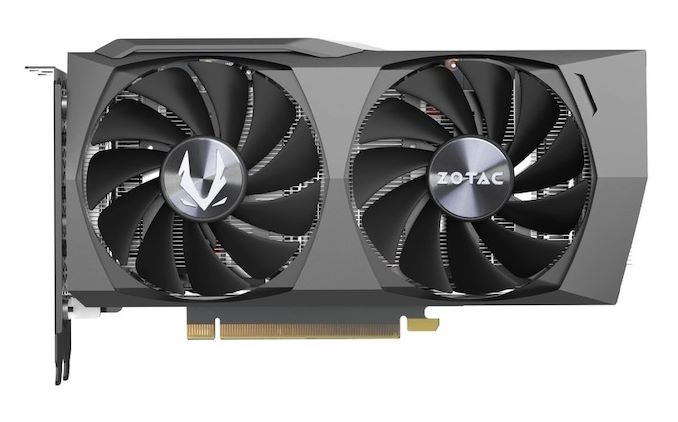

 Quote
Quote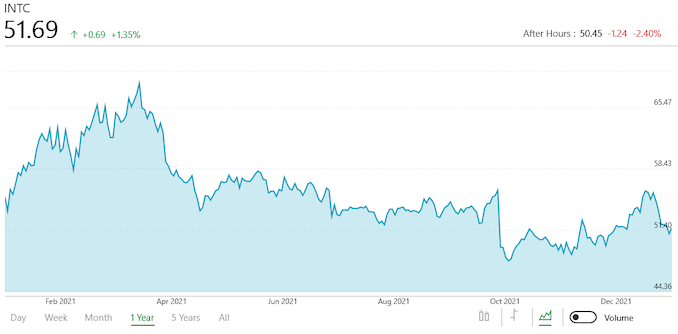
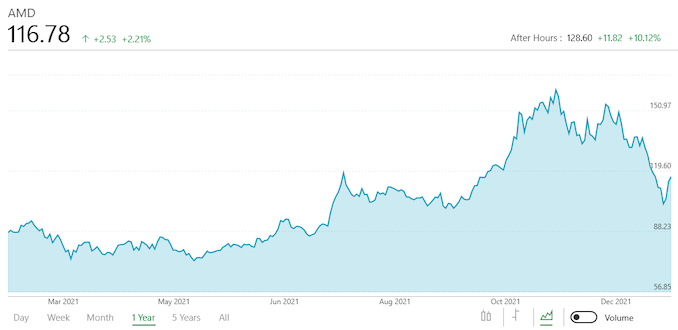
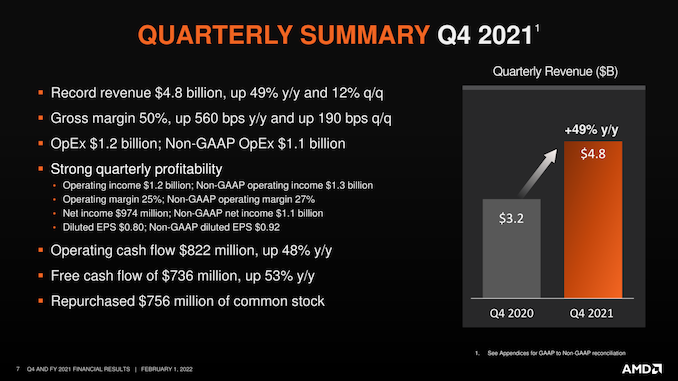
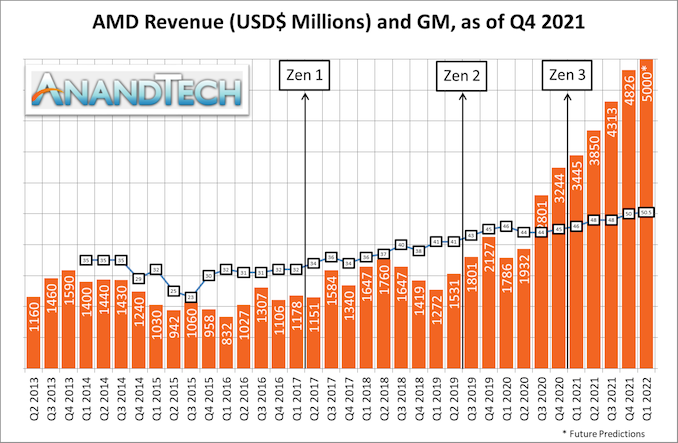
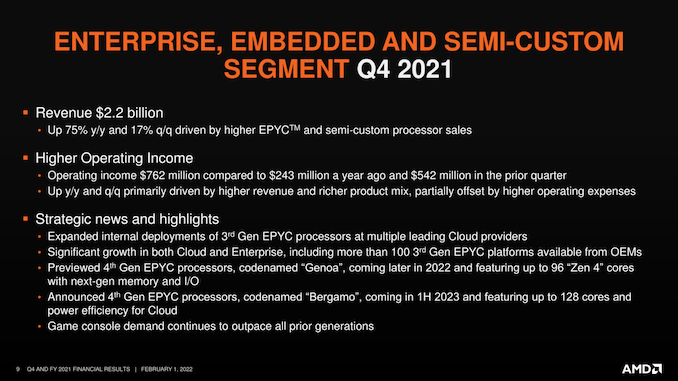

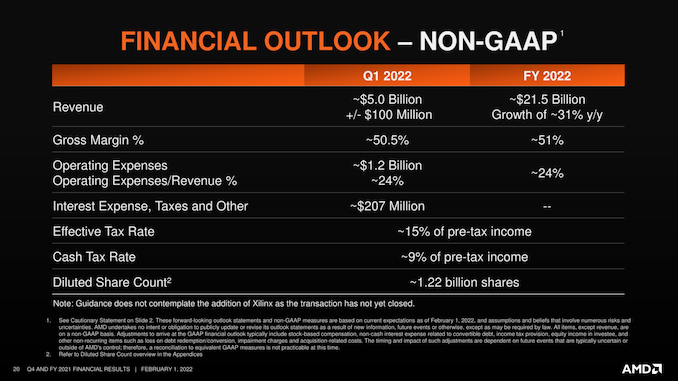
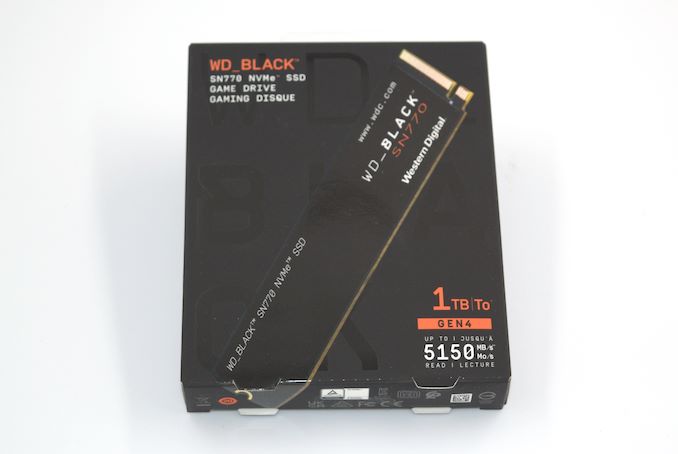
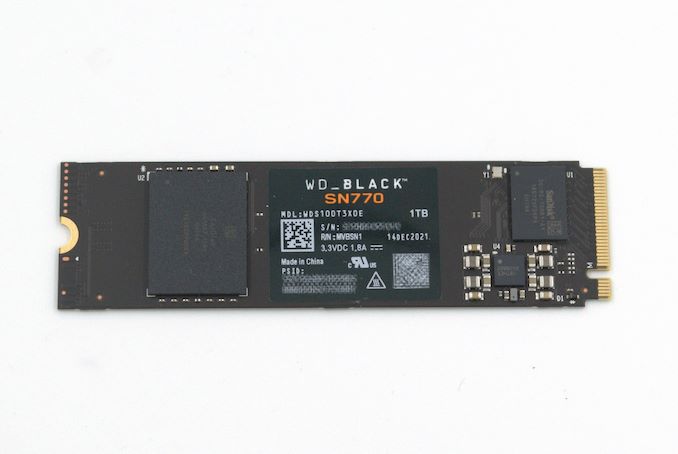
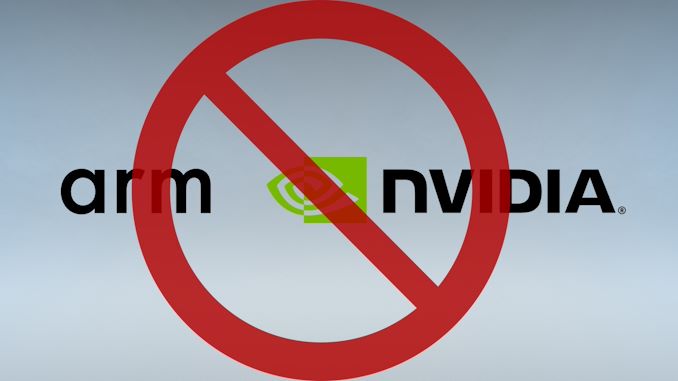
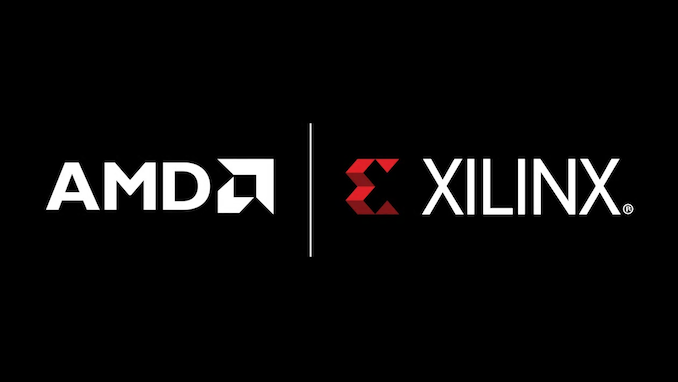
















Bookmarks